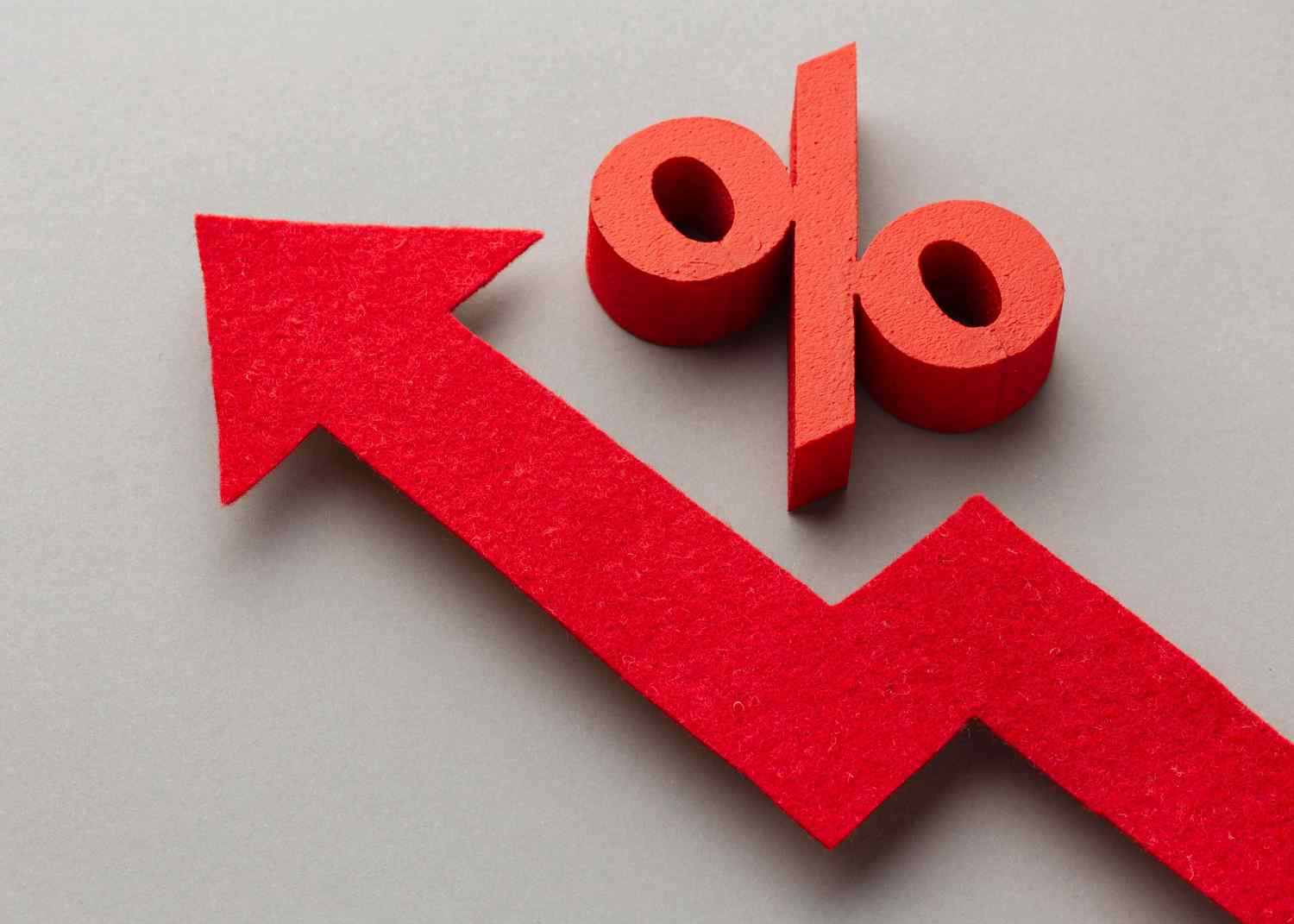The world of forex trading is filled with complex jargon and concepts that can be overwhelming. One term that often pops up in economic discussions and trading strategies is the “dovish stance.” If you’re scratching your head, wondering what on earth a dove has to do with trading currencies, you’re in the right place. Let’s dive into what a dovish stance means, how it influences the forex market, and what you, as a trader, should keep an eye on.

What is a Dovish Stance?
A dovish stance refers to a monetary policy approach that favors lower interest rates and other measures to stimulate economic growth. Central banks, like the Federal Reserve or the European Central Bank, adopt this stance when they believe that economic growth needs a boost. They might lower interest rates or implement other policies aimed at encouraging borrowing and investing.
Why Do Central Banks Adopt a Dovish Stance?
Central banks lean towards a dovish stance when they are concerned about unemployment, slow economic growth, or potential deflation. By lowering interest rates, borrowing becomes cheaper, which encourages businesses to invest and consumers to spend. Think of it as giving the economy a shot of adrenaline to get it moving again.
Historical Examples of a Dovish Stance
One prominent example of a dovish stance was during the 2008 financial crisis. Central banks worldwide slashed interest rates to near zero to revive their economies. The U.S. Federal Reserve, for instance, embarked on an unprecedented series of rate cuts and introduced quantitative easing to pump money into the economy.
Impact on Forex Markets
Understanding how a dovish stance affects the forex market is crucial for any trader. Essentially, when a central bank adopts a dovish stance, it often leads to a depreciation of its currency.
Currency Depreciation

Lower interest rates make a country’s currency less attractive to investors seeking higher returns. This decrease in demand leads to a fall in the currency’s value. For example, if the European Central Bank adopts a dovish stance, the euro might weaken against other currencies.
Increased Market Volatility
A dovish stance can also lead to increased volatility in the forex market. Traders and investors might react sharply to announcements from central banks, leading to sudden swings in currency prices. This volatility can present both risks and opportunities for forex traders.
Trading Strategies for a Dovish Market
When trading in a market influenced by a dovish stance, it’s important to adapt your strategies accordingly.
Carry Trade Strategy
One effective strategy is the carry trade, where traders borrow money in a currency with low interest rates and invest in a currency with higher rates. This allows traders to profit from the difference in interest rates. For instance, borrowing in euros (with lower rates) and investing in Australian dollars (with higher rates) can be a profitable move in a dovish market.
Focus on Safe-Haven Currencies
In times of dovish policies, traders often flock to safe-haven currencies like the Japanese yen or Swiss franc. These currencies tend to hold their value better during economic uncertainty, providing a safer investment.
Monitoring Central Bank Announcements
Keeping an ear to the ground for central bank announcements is crucial. These statements can provide valuable insights into future monetary policy directions.
Press Conferences and Statements
Central banks often hold press conferences and release statements following their policy meetings. Analyzing the language used can give clues about future policy moves. For instance, words like “accommodative” or “stimulative” indicate a dovish stance.
Economic Indicators to Watch
Pay attention to key economic indicators that influence central bank decisions. Indicators such as unemployment rates, inflation figures, and GDP growth can provide a sense of where the economy is heading and how the central bank might respond.
Risks Associated with a Dovish Stance
While a dovish stance aims to stimulate the economy, it comes with its own set of risks that traders should be aware of.
Inflation Risks
One major risk is that excessively low interest rates can lead to higher inflation. If borrowing becomes too cheap, it might spur excessive spending, driving prices up. This can erode the purchasing power of the currency and create economic instability.
Asset Bubbles
Another risk is the potential for asset bubbles. Cheap borrowing costs can lead to over-investment in assets like real estate or stocks, inflating their prices to unsustainable levels. When these bubbles burst, they can have severe economic consequences.
Case Study: The US Federal Reserve’s Dovish Policies

Let’s take a closer look at how the U.S. Federal Reserve’s dovish policies have influenced the forex market in recent years.
Post-2008 Financial Crisis
After the 2008 financial crisis, the Fed adopted a highly dovish stance, cutting interest rates to near zero and implementing quantitative easing. This led to a significant depreciation of the US dollar, as investors sought higher returns elsewhere.
COVID-19 Pandemic Response
During the COVID-19 pandemic, the Fed once again turned dovish, slashing rates and introducing measures to support the economy. This resulted in a weaker dollar, as the market anticipated prolonged low rates and increased money supply.
The Role of Expectations in Forex Trading
In forex trading, expectations play a critical role. It’s not just the actual policies that matter, but also what traders believe will happen in the future.
Market Sentiment
Market sentiment refers to the overall attitude of traders towards a particular currency or market. If traders expect a central bank to adopt a dovish stance, they might start selling the currency even before any official announcement, driving its value down.
Anticipatory Moves
Traders often try to anticipate central bank moves by analyzing economic data and statements from policymakers. By staying ahead of the curve, they can position themselves to profit from expected changes in monetary policy.
Dovish vs. Hawkish: A Comparative Analysis
Understanding the difference between dovish and hawkish stances is crucial for any forex trader. While a dovish stance aims to stimulate the economy, a hawkish stance focuses on controlling inflation and often involves higher interest rates.
Impact on Currency Values
A hawkish stance usually leads to currency appreciation, as higher interest rates attract foreign investment. In contrast, a dovish stance leads to depreciation. For traders, this means adopting different strategies depending on the prevailing stance.
Adapting Trading Strategies
When central banks switch between dovish and hawkish stances, traders need to adapt their strategies accordingly. During dovish periods, focus on borrowing in low-rate currencies and investing in higher-rate ones. Conversely, in hawkish times, look for opportunities in strengthening currencies.
How to Stay Informed

Staying informed about central bank policies and economic indicators is essential for successful forex trading. Here are some tips on how to keep up with the latest developments.
Follow Financial News
Regularly follow financial news sources like Bloomberg, Reuters, and CNBC. These outlets provide up-to-date information on central bank decisions and economic indicators that can impact the forex market.
Use Economic Calendars
Economic calendars list important upcoming events like central bank meetings and economic data releases. By keeping track of these dates, you can prepare for potential market-moving announcements.
The Psychological Aspect of Trading
Trading in a market influenced by a dovish stance can be psychologically challenging. It’s important to stay disciplined and avoid emotional decision-making.
Managing Emotions
The volatility that often accompanies dovish policies can lead to emotional trading decisions. To combat this, develop a trading plan and stick to it, regardless of market fluctuations.
Patience and Discipline
Successful trading requires patience and discipline. Avoid the temptation to chase quick profits and focus on long-term strategies that align with your trading goals.
Analyzing Historical Data
Analyzing historical data can provide valuable insights into how dovish policies have impacted currency values in the past. This can help inform your trading strategies.
Pattern Recognition
Look for patterns in how currencies have reacted to previous dovish stances. This can give you a sense of how the market might respond to future policy decisions.
Backtesting Strategies

Backtest your trading strategies using historical data to see how they would have performed during past periods of dovish policies. This can help you refine your approach and improve your chances of success.
Conclusion
Understanding the intricacies of a dovish stance is essential for anyone involved in forex trading. By recognizing how these policies affect currency values and adopting appropriate trading strategies, you can navigate the forex market more effectively. Remember, staying informed and disciplined is key to success in this dynamic and often volatile market.
FAQs
1. What is the main goal of a dovish stance in monetary policy?
The main goal of a dovish stance is to stimulate economic growth by lowering interest rates and implementing other measures that encourage borrowing and spending.
2. How does a dovish stance affect currency values?
A dovish stance typically leads to the depreciation of a currency, as lower interest rates make it less attractive to investors seeking higher returns.
3. What are some risks associated with a dovish stance?
Risks include potential inflation, as cheap borrowing can lead to excessive spending, and asset bubbles, where over-investment in assets drives their prices to unsustainable levels.
4. How can traders profit from a dovish market?
Traders can profit by employing strategies like carry trade, where they borrow in low-rate currencies and invest in higher-rate ones, or by focusing on safe-haven currencies that hold their value better during economic uncertainty.
5. Why is it important to stay informed about central bank policies?
Staying informed allows traders to anticipate market movements and adapt their strategies accordingly, helping them to make more informed and profitable trading decisions.
